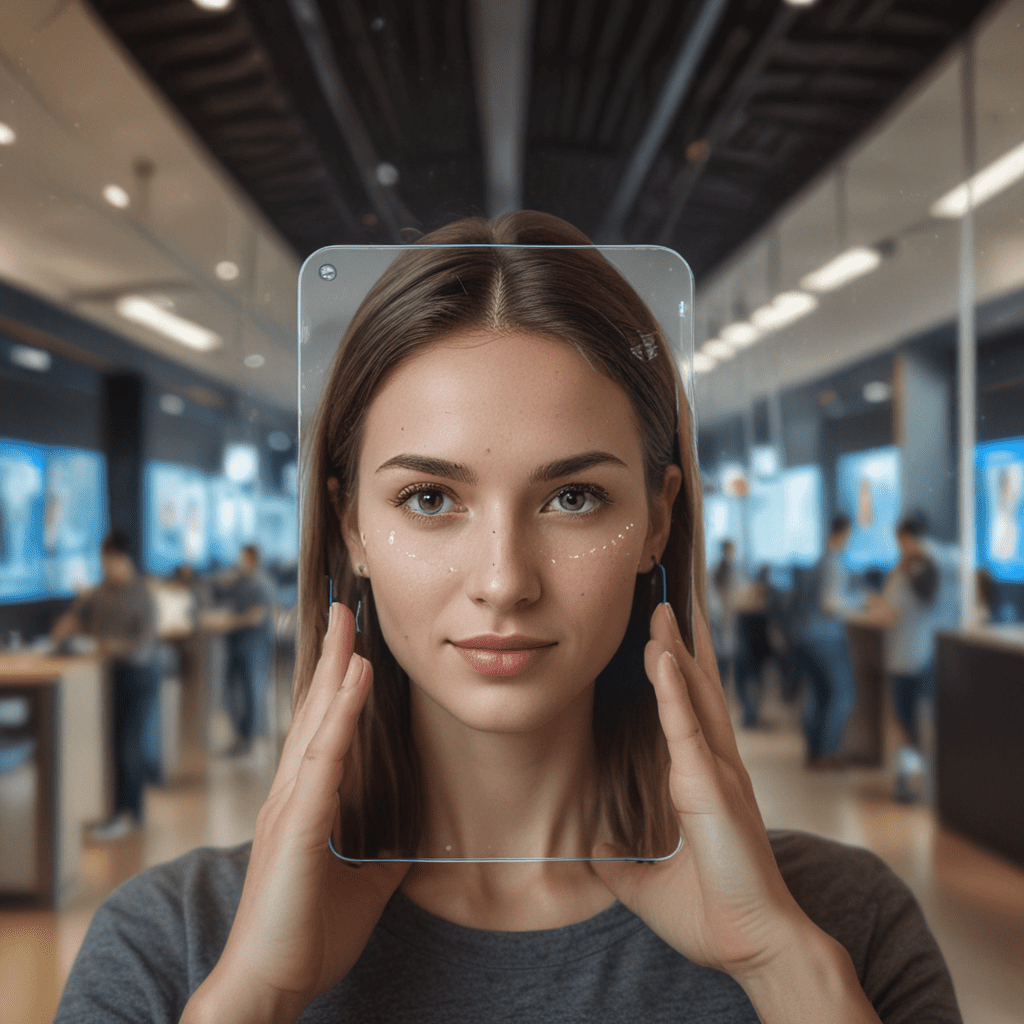
The Impact of Facial Recognition on Human Rights and Privacy
1. Introduction: The Rise of Facial Recognition Technology
Facial recognition technology has emerged as a ubiquitous force in modern society, promising unparalleled convenience and efficiency. From unlocking smartphones to streamlining airport security, facial recognition has become an integral part of our daily lives. However, this technological advancement has also raised significant concerns about its potential impact on human rights and privacy. This article explores the complex interplay between facial recognition technology and these fundamental pillars of our society.
2. Ethical Considerations and Human Rights Implications
The rapid proliferation of facial recognition technology has sparked ethical debates about its implications for human rights. Critics argue that this technology infringes on individuals' right to privacy and can lead to surveillance and discrimination. The ability to track and identify individuals without their knowledge or consent raises concerns about the erosion of personal freedoms and the potential for abuse.
3. The Importance of Privacy in the Digital Age
Privacy is a fundamental human right that is increasingly under threat in the digital age. The collection and processing of personal data by governments and corporations can lead to the erosion of our ability to control our own information. Facial recognition technology exacerbates these concerns by enabling the collection of highly sensitive biometric data without our explicit consent.
4. Potential for Discrimination and Bias
Facial recognition algorithms have been shown to exhibit bias and inaccuracy, particularly when it comes to identifying people of color and women. These biases can lead to discriminatory practices, such as false arrests or denial of services. The lack of transparency and accountability in the development and deployment of facial recognition systems further compounds these concerns.
5. The Threat to Freedom of Assembly and Expression
Facial recognition technology has the potential to stifle freedom of assembly and expression. By tracking and identifying individuals in public spaces, governments can monitor and suppress protests or dissent. This can have a chilling effect on the exercise of these fundamental rights and undermine the democratic principles upon which our societies are built.
6. Balancing Security and Human Rights
The deployment of facial recognition technology raises complex questions about the balance between security and human rights. While facial recognition has the potential to improve public safety and reduce crime, it is crucial to ensure that these benefits do not come at the expense of fundamental freedoms. Striking a delicate balance is essential to protect both security and privacy.
7. Legislative and Regulatory Frameworks
Governments worldwide are grappling with the challenges posed by facial recognition technology. The development of clear legislative and regulatory frameworks is crucial to ensure the responsible and ethical use of this technology. These frameworks should define the scope and limitations of facial recognition, establish standards for data collection and storage, and provide mechanisms for oversight and accountability.
8. Case Studies and Real-World Impacts
Numerous case studies and real-world examples illustrate the potential impacts of facial recognition technology. From the identification of suspects in criminal investigations to the monitoring of individuals in public spaces, facial recognition has both beneficial and concerning applications. Analyzing these cases provides valuable insights into the practical implications and ethical dilemmas associated with this technology.
9. Future Challenges and Emerging Trends
The rapid advancements in facial recognition technology continuously present new challenges and opportunities. As the technology becomes more sophisticated and accessible, it raises questions about the long-term implications for society. Emerging trends, such as the integration of facial recognition with artificial intelligence (AI), require ongoing dialogue and ethical considerations to mitigate potential risks.
10. Conclusion: The Need for a Balanced Approach
Facial recognition technology offers tremendous potential for innovation and progress but also poses significant challenges to human rights and privacy. Striking a balance between security and freedom requires a thoughtful and nuanced approach. By engaging in open dialogue, developing comprehensive regulations, and promoting ethical practices, society can harness the benefits of facial recognition technology while safeguarding fundamental human rights.
FAQs
Q: What are the main concerns about facial recognition technology?
A: The primary concerns include potential violations of privacy, discrimination and bias, threats to freedom of assembly and expression, and the need for robust legislative frameworks.
Q: How can we balance security and human rights when using facial recognition?
A: Striking a balance involves setting clear limits on data collection and use, establishing transparent and accountable oversight mechanisms, and ensuring that the technology is used proportionally and without discrimination.
Q: What are some current applications of facial recognition technology?
A: Facial recognition is used in various settings, including law enforcement, border control, unlocking devices, and improving accessibility for individuals with disabilities.
Q: How can I protect my privacy from facial recognition technology?
A: Measures to protect privacy include understanding your rights under applicable laws, being cautious about sharing personal data, and using privacy-enhancing technologies when available.

